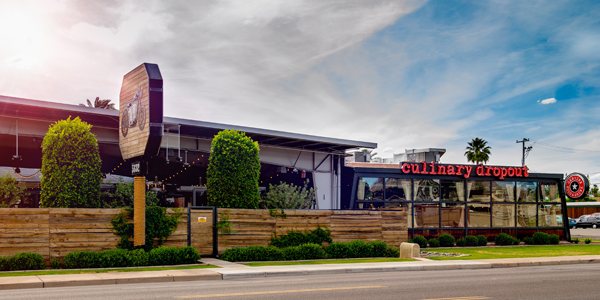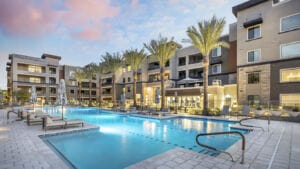Halfway through 2015 brings good news on the Phoenix retail front with vacancy and absorption continuing to improve. Current vacancy in Phoenix has reached single-digits for the first time in 15 quarters, it is now 9.9%. This is a 400 basis point improvement from the third quarter of 2011 when the vacancy rate was 14%. Also showing improvement are the six regional trade areas, all but two are in single-digit vacancy, with just the Southeast and Central regions experiencing a lagging recovery.
The Southeast region is the largest regional area totaling over 64 million square feet of retail space in nearly 1,500 buildings. This area encompasses over 37% of all of the retail space in the Phoenix market, and its size can also affect the pace at which the area can improve. Big box vacancies continue to plague this region, where there are currently 133 vacant big boxes, which is nearly 50% of Phoenix’s entire big box vacancy. These vacant boxes have been slower to lease as 76 are located in neighborhood shopping centers with a vacant grocery store anchor. A bright spot for this region is that it leads all regional areas with over 545,000 square feet absorbed through the 2nd quarter of 2015. The current vacancy in this region is 10.7%, which is a 410 basis point improvement from the high of 14.8% in 2011. While this area has experienced a longer road to recovery, it will recover and once again be in single-digit vacancy by mid to late 2016.
The Central region is in the forefront for being a leader in multi-family and condo development as well as several creative redevelopments that are being filled with hot new restaurant and retail concepts. But still this region has the highest vacancy of all of the six regional areas at 13.6%. In the past few years local popular chefs have opened dozens of hot new concepts throughout the Central Phoenix region. There are several more in the planning stages which will open up this year and next. At the same time, construction of high-density housing projects that include apartments and condos have reached levels not seen since 2006. Even with all of this activity, it is not translating to a lower vacancy in the areas shopping centers.
People moving from suburban to urban have increased over the past twelve months. Many empty-nester Baby Boomers, and the Millennial generation are migrating toward in-fill areas to be close to dining, daily services, entertainment and employment. For the first time in several years vacant lots are being snapped up for development into apartments, condos, and trendy retail projects. These infill projects are being developed in the heart of dense housing and population that allow residents to walk to entertainment, services and restaurants. This activity has caused infill land prices to rise faster than any other part of the Valley during the past three years. Developers are finding it more difficult to find vacant land and are now seeking well-located older buildings that can be redeveloped or rehabbed. All of this momentum has triggered increased housing prices as well, with some ZIP codes in central Phoenix increasing as much as 37% in the past year, according to The Arizona Republic’s home price analysis.
Even though this activity in the Central region is transforming several neighborhoods into the hip new place to be, it is interesting to note that very little of this activity is translating into a lower vacancy rate or increased absorption. The reason being is that many of the properties that have been redeveloped into retail were non-traditional buildings that were generally not tracked as part the retail base, and have little effect on the vacancy rate. This is a trend that will continue in Central Phoenix for the next several years as buildings from the 1950’s and 1960’s will be repurposed, rebuilt, and reimagined into wonderful new places for people to enjoy.
Vacant shopping centers in this region will eventually recover, and the Central region will continue to improve, just not at the pace as the rest of the Valley. The Central region may be the darling of Phoenix’s hot new urban scene, but from a purely numbers perspective it leads the region in being at the back of the pack.




